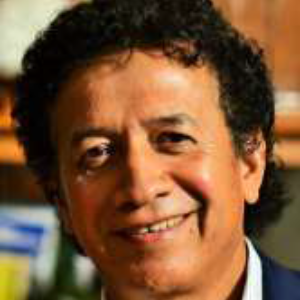Title : Synthesis and Evaluation of the Performance of a New Curing Agent for the Photopolymerization of Biobased Epoxy Resins
Abstract:
This talk deals with the synthesis of new curing agent derived from cystamine, for biobased epoxy resins. The curing agent was synthesized in two stages: first, the mercapto-ethylation reaction between ethylene sulfide and diallyl amine, and second, the oxidation of the amino-thiol obtained in the first stage, to obtain a tetraallyl functionalized diamine-disulfide. The prepared curing agent was used to photocure nopol-derived epoxy resins by using the epoxy/thiol-ene photopolymerization technique. This method utilizes an epoxy resin, an allyl functionalized diamine, a multifunctional thiol and a photoinitiator. The resulting polymer is a crosslinked co-network of polyether-polythioether type. The epoxy/ thiol-ene photopolymerization technique displays advantages such as: a) high reactivity, the curing the epoxy resin takes minutes instead of hours in comparison with the conventional thermal processes and b) the obtained crosslinked polyether-polyethioether derived from the epoxy/thiol-ene phtopolymerization displays higher toughness than the polyethers obtained in a conventional thermal curing of epoxy resins using polyamines as curing agents. In this work two experimental biobased epoxy resins derived from terpenoid nopol were prepared and phtopolymerized using the curing agent derived from tetraallylated cystamine. The kinetics study demostrated high reactivity of the photocurable formulations obtaining high conversions in just two minutes of irradiation time. The obtained polymers showed modulus between 2000 and 3300 MPa depending on the type of epoxy resin. The obtained polymers could have potential application as coatings considering that one of the main disadvantages of conventional epoxy polymers is their brittleness due to high level of crosslinking when using conventional curing agents
What will audience learn from your presentation?
- A novel method of cross-linking of epoxy resins is described
- People working in the area of thermosets could find this method very useful
- This type of curing of epoxy resins is an ecofriendly process



